Kim Kardashian – Study Claims Reality Star’s “Slim-thick” Figure Is More Harmful For Body Image
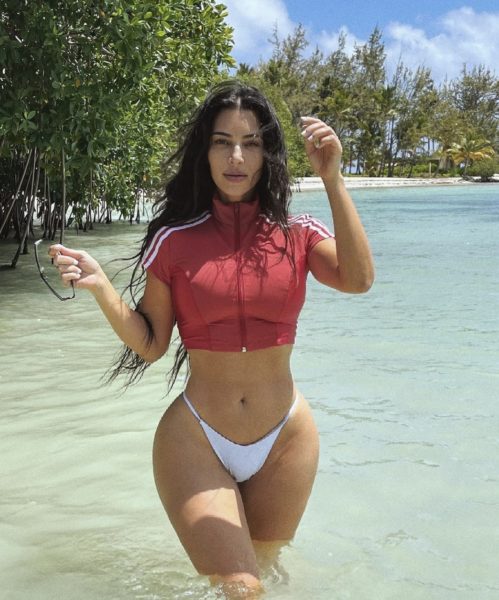
Kim Kardashian – Study Claims Reality Star’s “Slim-thick” Figure Is
More Harmful For Body Image
During a time when it seems most women are longing for the hourglass, ‘slim-thick’ body type; it turns out that may not be the healthiest image to achieve. A recent study conducted by Toronto’s York University discovered that “slim-thick” imagery as seen in Kim Kardashian, Kylie Jenner, and Beyoncé causes more body dissatisfaction amongst young women versus a “thin” body type as seen in Kate Moss. The “slim-thick” body ideal — defined by the researchers as “a curvier or more full-body type, characterized by a small waist and flat stomach but large butt, breasts and thighs” —has become widely popularized over recent years, especially due to social media.
The study actually named the 41-year-old Skims mogul and her sister Kylie Jenner as influencers who contribute to the discontent women feel about their bodies because of their online content and huge following.
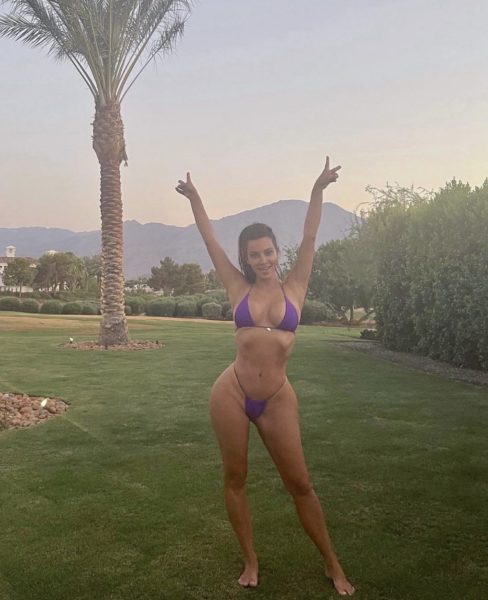
Kim Kardashian
On the flip side, a ‘thin’ body type describes slender shapes with flat stomachs and small waists, like Kate Moss or Zoe Kravitz and ‘fit’ describes more toned and athletic female physiques. The researchers found women exposed to ‘slim-thick’ photos online experienced more dissatisfaction towards their own weight and appearance. The new study was conducted by Sarah McComb and Jennifer Mills, two researchers at York University in Toronto, Canada. When discussing their study, the researchers expressed,
“Heavier models with a large butt and thighs do not offer a healthier or more realistic body ideal than the “fit” or “thin” ideals, but may actually be the most harmful type of body-ideal to women’s body image based on the current findings.”

Zoe Kravitz
For the study, the researchers recruited 402 female undergraduate students, all between the ages of 18 and 25. Some students were shown various photos of women on Instagram with the three different body types: ‘slim-thick’, ‘thin’ or ‘fit-ideal’, while others were placed into a control condition. The pool of students in the controlled condition viewed 13 photos sourced from attractive home décor and furniture pages.
According to the researchers,
“These images were chosen because they were thought to reflect non-body related content that female users would be likely to view on Instagram.”
Meanwhile, participants shown one of the three body ideals were asked to compare themselves to what they saw in the photos. According to the study, the results showed that the imagery of all three body types resulted in greater weight and appearance dissatisfaction and less overall body satisfaction, relative to the control condition. According to the researchers,
“The study found that women exposed to the “slim-thick” ideal felt more dissatisfied with their weight and their shape, and experienced less satisfaction with their bodies overall.”
While being thin used to be the body image woman desired the most, it looks like things have definitely changed!
What are your thoughts? Let us know in the comments below!


 Previous Article
Previous Article Next Article
Next Article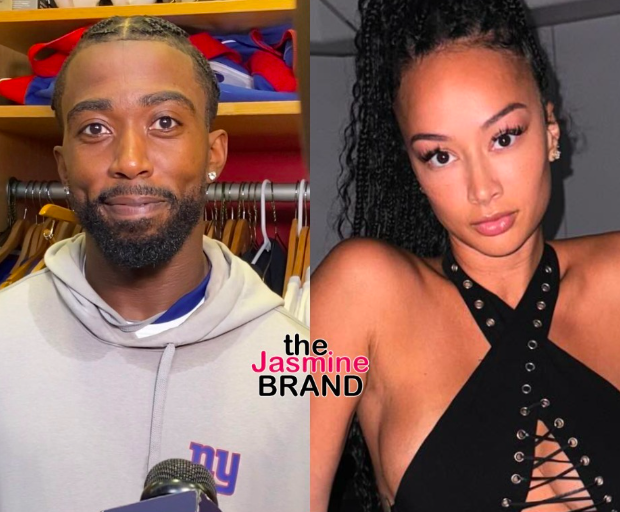 NFL Star Tyrod Taylor Accuses Ex Draya Michele Of Living ‘Rent-Free’ Amid Eviction Battle
NFL Star Tyrod Taylor Accuses Ex Draya Michele Of Living ‘Rent-Free’ Amid Eviction Battle 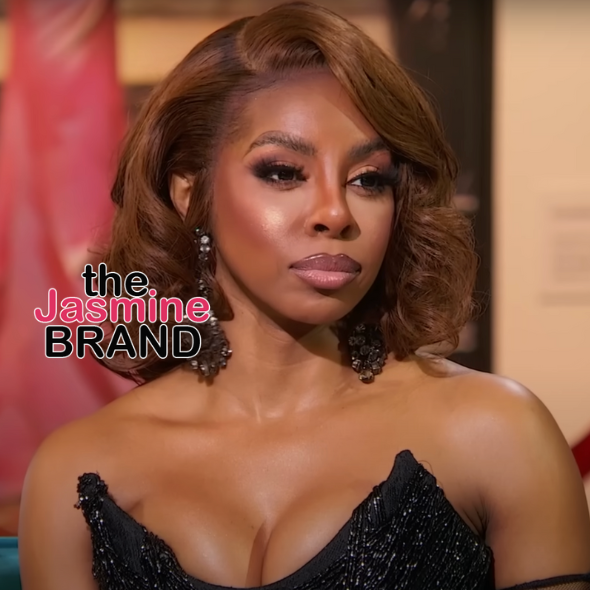 Candiace Dillard Bassett’s 2010 Anti-Gay Tweets Resurface As She Celebrates Pride Month
Candiace Dillard Bassett’s 2010 Anti-Gay Tweets Resurface As She Celebrates Pride Month  Rasheeda & Kirk Frost Have Heated Sit Down w/ His Ex-Mistress & Baby Mama Jasmine Bleu On ‘LHHATL’: ‘You Came To The Door In Your Birthday Suit’
Rasheeda & Kirk Frost Have Heated Sit Down w/ His Ex-Mistress & Baby Mama Jasmine Bleu On ‘LHHATL’: ‘You Came To The Door In Your Birthday Suit’  Gizelle Bryant Calls Colorism Accusations ‘Untrue’ + Speaks On Robyn Dixon’s ‘RHOP’ Departure & Rumored Newbie Stacey Rusch
Gizelle Bryant Calls Colorism Accusations ‘Untrue’ + Speaks On Robyn Dixon’s ‘RHOP’ Departure & Rumored Newbie Stacey Rusch  Kim Zolciak & Kroy Biermann Finally Sell Georgia Mansion For $2.75 Million Amid Ongoing Divorce
Kim Zolciak & Kroy Biermann Finally Sell Georgia Mansion For $2.75 Million Amid Ongoing Divorce 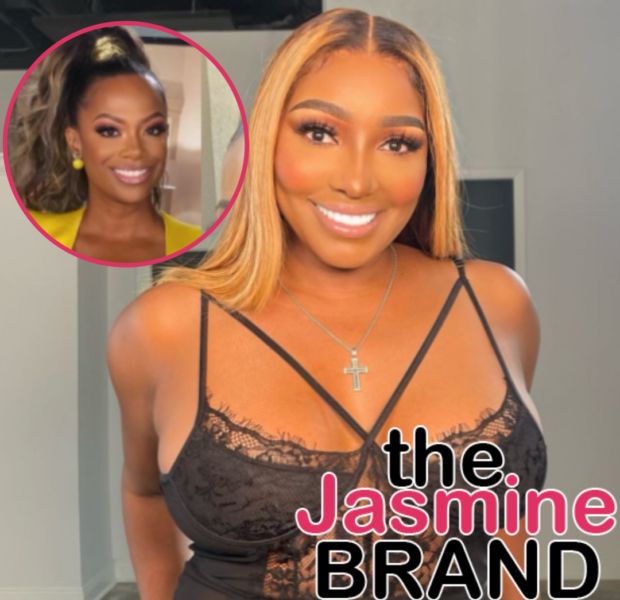 NeNe Leakes Says She Doesn’t Have An Issue w/ Kandi Burruss + Reveals She’s Willing To Talk It Out w/ Bravo Following Her Discrimination Lawsuit Against The Network
NeNe Leakes Says She Doesn’t Have An Issue w/ Kandi Burruss + Reveals She’s Willing To Talk It Out w/ Bravo Following Her Discrimination Lawsuit Against The Network 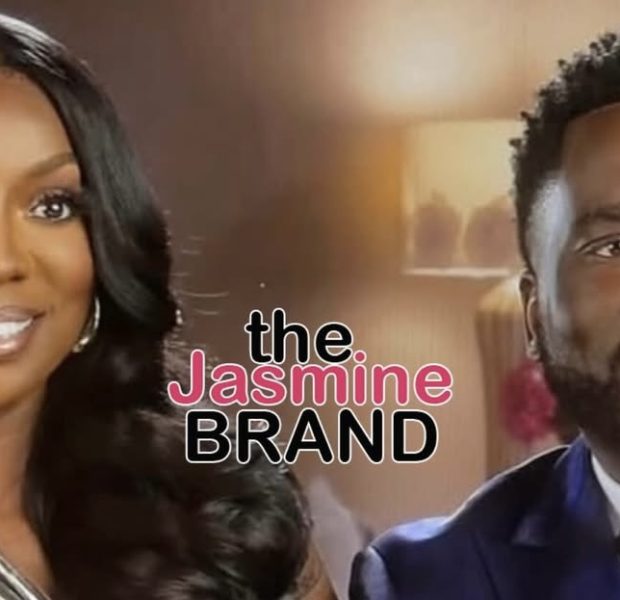 Dr. Wendy Osefo & Husband Eddie Speak Out After Fraud Charges & Allegations They Used Dozens Of Credit Cards
Dr. Wendy Osefo & Husband Eddie Speak Out After Fraud Charges & Allegations They Used Dozens Of Credit Cards ![“Love & Hip-Hop’s” Yandy And Kimbella Nearly Come To Blows On Latest Episode [WATCH]](https://thejasminebrand.com/wp-content/uploads/2020/02/Kimbella-Yandy-LHHNY-fight-the-jasmine-brand-5-620x600.jpg) “Love & Hip-Hop’s” Yandy And Kimbella Nearly Come To Blows On Latest Episode [WATCH]
“Love & Hip-Hop’s” Yandy And Kimbella Nearly Come To Blows On Latest Episode [WATCH]